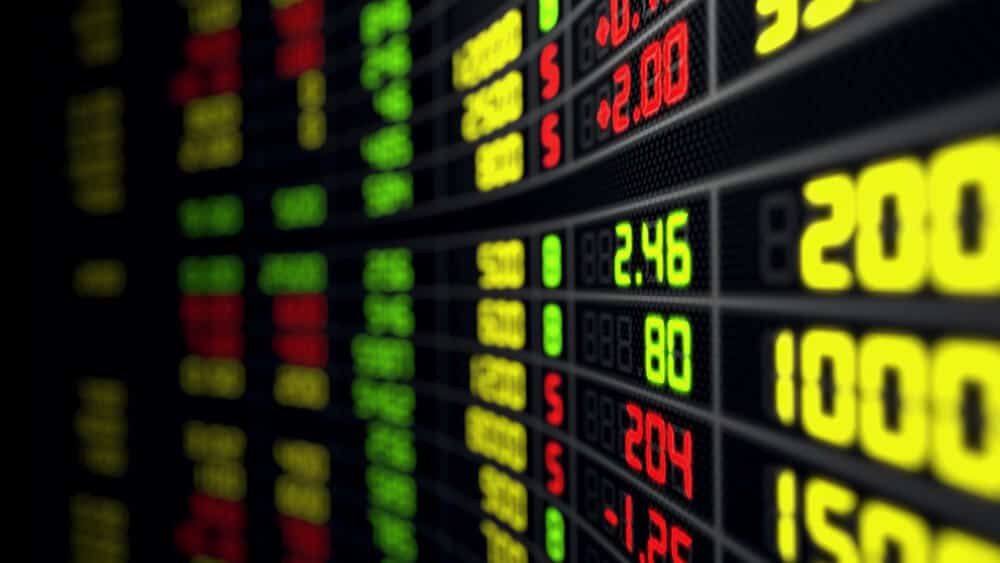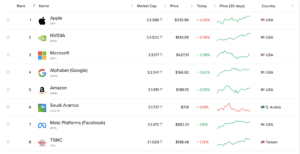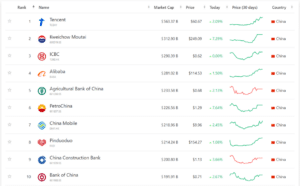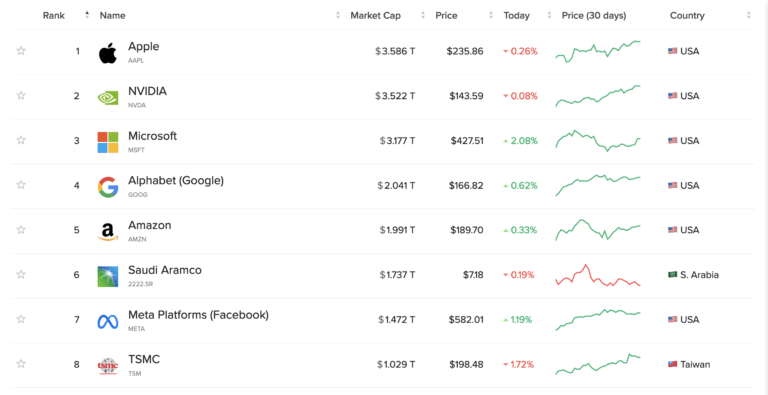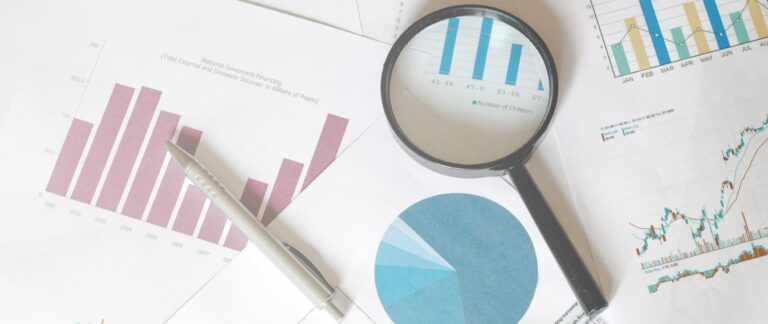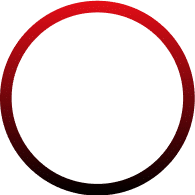As a trader, you’ve likely heard of this coined term and may have even implemented it. However, many, and probably you, as you’re reading this article, may not fully understand the meaning of its name and concept, or you might be in for a surprise when closing your winning trade, and the profit isn’t as reflected on the screen. Like the example below, which indicates a slightly higher gain.

Closing a trade with more or less money than initially reflected is a common scenario. Inexperienced traders often overlook the significance of swap rates associated with the instruments they are trading. This factor can significantly impact trade profits, particularly when holding positions for more than a day.
Also Known as “Rollover”?
The term “rollover” is used to describe the interest paid or received when a trade is held open for more than one day. This involves specific transaction hours determined by your broker, and it doesn’t require a trade to remain open for a full 24 hours to incur this charge or payment. Simply put, it’s a cost or income associated with holding a position overnight.
For intraday traders with limited experience, swap considerations might not be a priority in daily operations. However, it’s crucial to stay vigilant if a trade extends beyond the designated charging period. Failure to close the trade before the established time can lead to reduced profits, increased losses, or, in the best-case scenario, an unexpected (slight) profit.
When selecting a broker, traders often focus on spreads’ size, but overlooking “swaps” and price slippage can be a critical mistake.

How is the Size of a Swap Determined?
The interest rates set by the Central Banks of the countries whose currencies are being exchanged play a crucial role. The greater the difference in interest rates, the larger the swap will be.
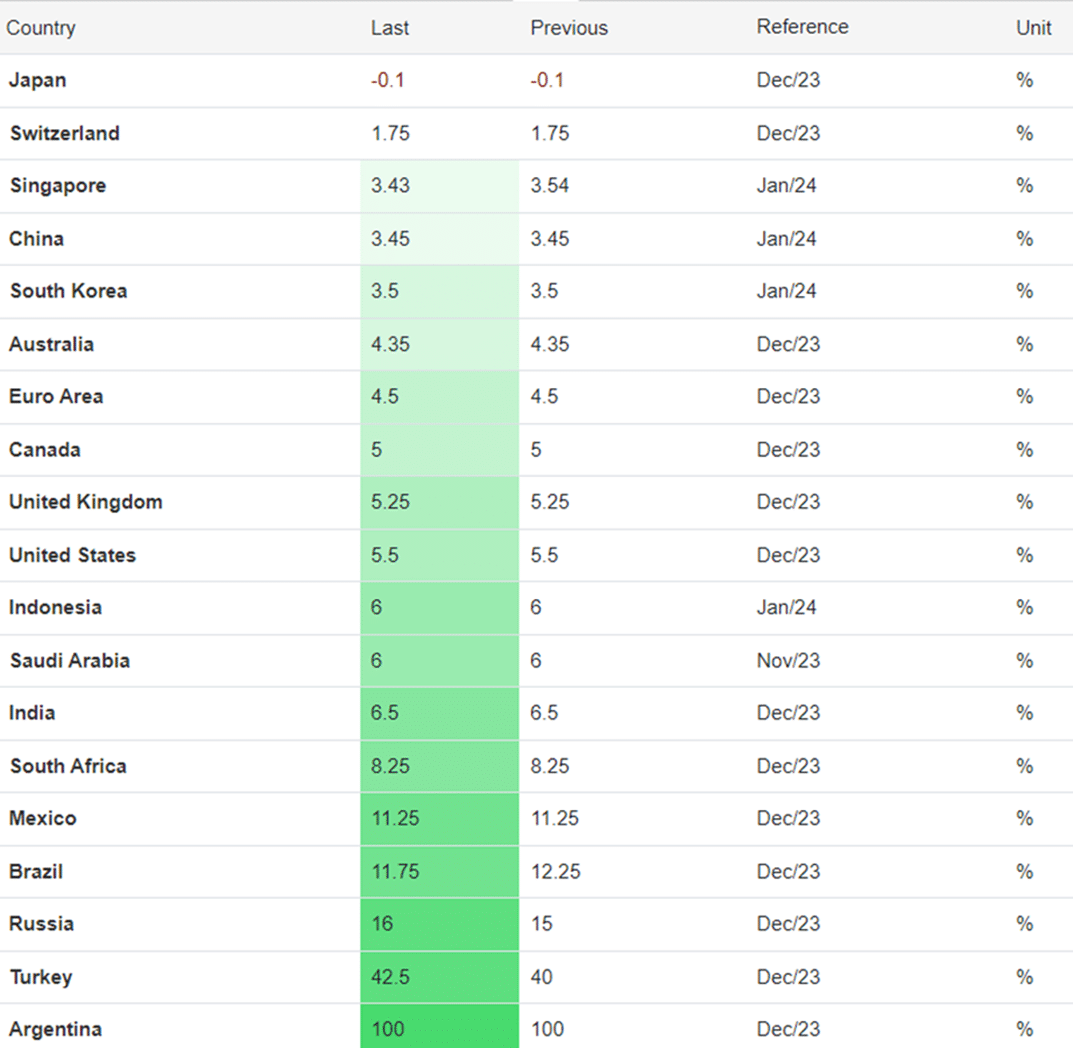
Positive or Negative Swap?
- A positive swap occurs when holding a long position (buying the currency with the highest interest rate).
- A negative swap arises when the trader holds a short position in the currency with a higher interest rate.
Swaps undoubtedly vary for different currency pairs, and their size will also depend on the broker (liquidity provider). Interested in learning more about a reliable liquidity provider? Click here.
How to Find Out the Swap for the Instrument I Want to Trade?
Any broker considered transparent should provide you with this information, which can be crucial in your trading. In the specifications for various pairs and instruments available for trading, the swap will be indicated in points per lot.
Nowadays, interest rates tend to be similar in most developed economies, resulting in swaps being negative in both directions. Unless we encounter turning points, that’s when traders might even begin to take advantage of this condition. However, let’s leave that to the professionals and well-defined strategies.

The chart above indicates various swap charge dates, as well as the charges for holding a position. For maintaining a long or buy position, the trader must pay 5.88 points, while in the case of holding a short (sell) position, the trader will receive -2.88, meaning the broker pays 2.88 points for each lot considered in the transaction.
A Carry Trade
Trades where an investor “borrows” a currency at a low-interest rate and buys a currency at a higher interest rate to benefit from the interest rate differential offered by their central banks are known as “carry trade” operations.
An example you’re encouraged to check on your platform is the interest rate differential between economies like Japan and the United States. The former has been known for maintaining very low rates for an extended period, while U.S. interest rates have remained above 5%.


Visit our website and learn about the conditions of your favourite instruments. What are you waiting for to develop your next trading strategy? Visit our site HERE.


